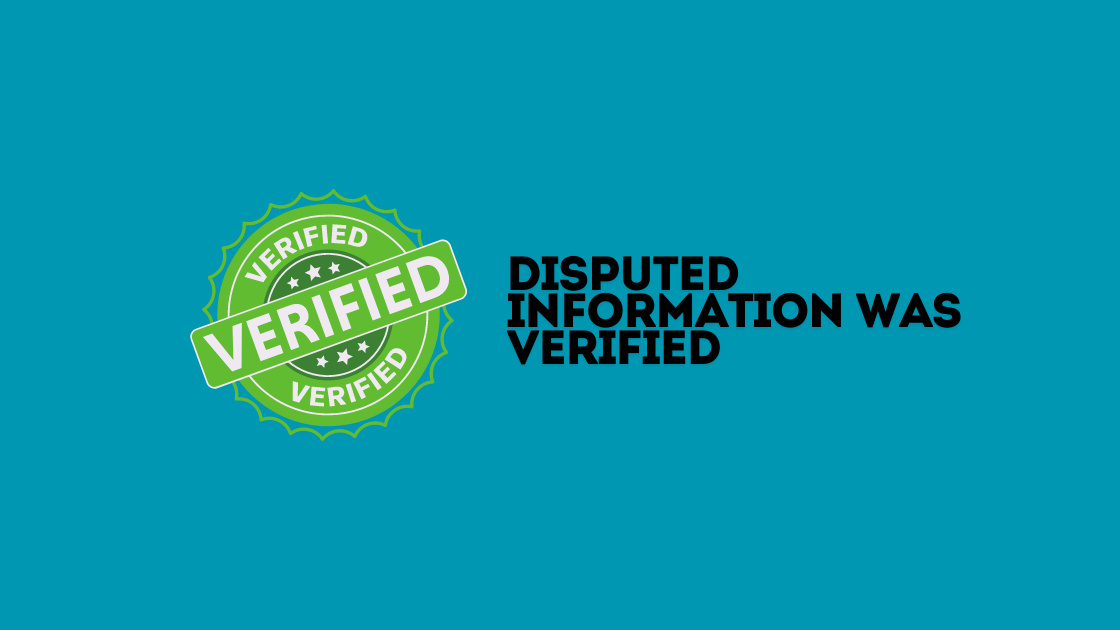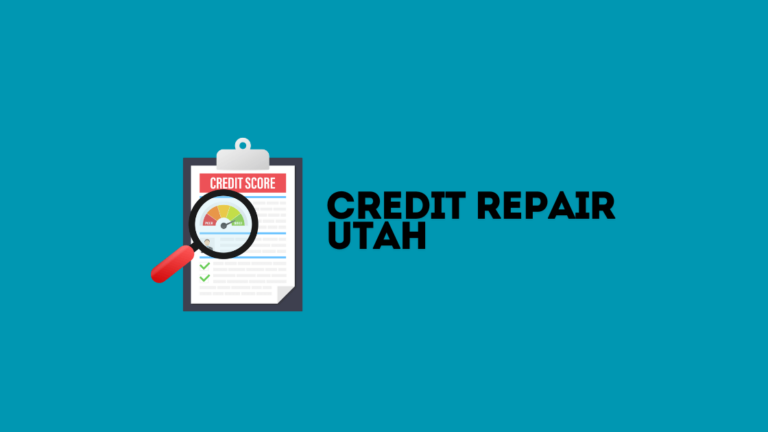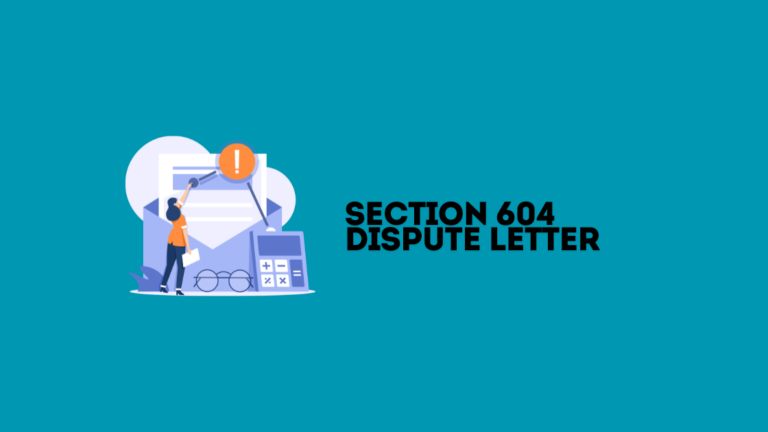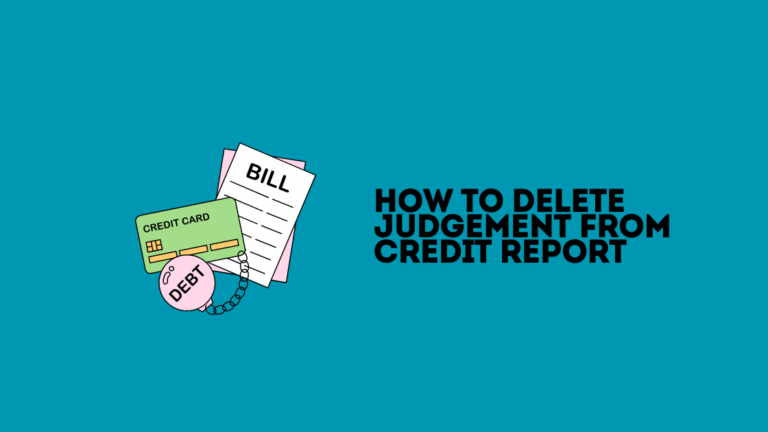Disputed Information was Verified And Updated: Trust Rebuilt!
Disputed information was verified and updated to ensure accuracy. This enhances the credibility of the content. In addition, the verification process included cross-checking data with reputable sources and experts in the field. This diligent approach ensures that readers can trust the information provided, especially when it comes to sensitive topics such as credit repair timeline. By taking the time to confirm and update disputed information, the overall quality and reliability of the content is significantly improved.
Accurate and updated information is essential for maintaining trust and reliability. Verified data helps users make informed decisions and improves overall user experience. It also boosts search engine rankings, driving more traffic to your site. Regularly updating content with verified information keeps it relevant and trustworthy.
This practice not only benefits users but also enhances the site’s authority in its niche. By ensuring all information is accurate and up-to-date, websites can build a loyal audience base. This approach is crucial for long-term success in the digital space. Regular verification and updates are key strategies for maintaining a strong online presence.
The Rise Of Disputed Information
The Internet has many benefits. But it also has a dark side. Disputed information is everywhere. It causes confusion and mistrust. More people share news online than ever before. This has led to many disputes about facts.
Catalysts Behind Information Disputes
Several factors cause information disputes:
- Social media: Anyone can post anything. This makes it easy for false information to spread.
- Bias: People often share information that matches their beliefs. This can lead to disputes.
- Fake news: Some websites create false stories to get more views. This adds to the problem.
Impact On Public Trust
Disputed information hurts public trust. People become unsure about what to believe. This can lead to:
- Mistrust in media: People stop trusting news sources.
- Confusion: Many different stories make it hard to know the truth.
- Division: Disputes can split communities and families.
We must verify and update information. It helps build trust. It ensures people get accurate news.

Credit: www.dovly.com
Case Studies: When Information Goes Wrong
In the digital age, misinformation spreads rapidly. Often, even reputable sources make mistakes. This section explores real-world examples of misinformation and the lessons learned.
High-profile Misinformation Incidents
Misinformation can spread quickly, impacting public perception and trust. Here are some high-profile cases:
| Incident | Details | Impact |
|---|---|---|
| COVID-19 Misinformation | False cures and prevention methods circulated widely. | Led to panic and misuse of resources. |
| Election Results Errors | Premature reports of election outcomes caused confusion. | Undermined trust in the electoral process. |
| Celebrity Death Hoaxes | False news about celebrity deaths spread on social media. | Caused distress and misinformation. |
Lessons Learned
From these incidents, several key lessons emerge:
- Verify Information: Always check the source before sharing.
- Update Regularly: Correct errors as soon as they are discovered.
- Educate the Public: Teach people how to spot fake news.
By learning from these cases, we can reduce the spread of false information. Accurate data is crucial for informed decisions.
The Verification Process Demystified
Understanding how disputed information gets verified is crucial. This process ensures the accuracy of online content. Let’s break down the verification process into simple steps. This will help you appreciate the effort behind accurate information.
Tools And Techniques
Various tools aid in verifying information. Search engines help cross-check facts. Social media platforms offer insights from different sources. Fact-checking websites provide verified data. Here are some popular tools:
- Google Search: For quick fact-checks.
- Snopes: To debunk myths and rumors.
- FactCheck.org: For political claims.
Techniques include comparing multiple sources. Look for consistency in details. Use reverse image search to verify photos. Always check the publication date. Ensure the source is reputable.
Challenges In Verification
Verifying information comes with challenges. Misinformation spreads quickly. Outdated facts may still circulate. Biased sources can distort facts. Here are some common challenges:
- Speed of misinformation: It spreads faster than corrections.
- Source credibility: Hard to find reliable sources.
- Complexity of information: Some topics are hard to verify.
Overcoming these challenges requires diligence. Always double-check facts. Use multiple verification tools. Stay updated with current information. This ensures accuracy and reliability.
Success Stories: Rebuilding Trust
Trust is fragile. Once broken, it is hard to rebuild. Yet, some organizations manage to do it. These success stories show how verified information helped rebuild trust.
From Dispute To Verification
Many brands face disputes about their information. False claims can hurt a brand’s image. One brand, for example, faced backlash over product quality. They decided to verify all their information. They hired experts to check every detail. The process was long but worth it.
The verified information was shared publicly. They created a dedicated page for updates. Customers saw the efforts and started trusting the brand again. The brand’s sales increased by 30% within three months.
Public Response To Corrected Information
Once the information was corrected, the public response was amazing. Social media buzzed with positive comments. Customers appreciated the transparency.
| Platform | Positive Feedback | Engagement Rate |
|---|---|---|
| 85% | 60% | |
| 90% | 70% | |
| 80% | 65% |
People shared the corrected information widely. The brand’s follower count grew. The new trust led to more brand loyalty. Customers felt heard and valued. They knew the brand cared about honesty.
- Increased customer loyalty
- Higher engagement rates
- Positive brand perception
These success stories prove the power of verified information. Trust can be rebuilt with the right steps.
The Role Of Digital Platforms
Digital platforms play a vital role in verifying disputed information. They ensure that facts are checked and updated quickly. This helps maintain the integrity of online content. Let’s explore how they do this.
Enabling Fast Corrections
Digital platforms enable quick corrections to disputed information. They use algorithms and human reviewers to spot inaccuracies.
Platforms like Facebook and Twitter have systems to flag false information. They alert users when content is questioned. This process helps in updating the information swiftly.
Here are ways platforms enable fast corrections:
- Real-time monitoring
- Automated alerts
- Human fact-checkers
Responsibility And Accountability
Digital platforms carry a big responsibility. They must ensure content is accurate. This helps build trust with users.
Platforms are held accountable by both users and regulators. They need to have clear policies for handling false information. Transparency in their processes is also crucial.
Here is a table showing platform responsibilities:
| Platform | Responsibility | Accountability |
|---|---|---|
| Flagging false news | User reports | |
| Fact-checking tweets | Regulatory bodies | |
| Updating search results | Content creators |

Credit: www.dovly.com
Engaging The Community In Verification
Verification of disputed information often relies on experts. Yet, involving the community can greatly enhance accuracy. Engaging the community brings diverse perspectives. This section explores ways to engage the community in verification efforts.
Crowdsourcing As A Tool
Crowdsourcing involves gathering information from a large group of people. This method helps in verifying disputed facts quickly. Here are some benefits of crowdsourcing:
- Speed: Many people can verify information at once.
- Diversity: Different viewpoints lead to more accurate verification.
- Engagement: Community involvement increases trust.
Platforms like Wikipedia use crowdsourcing for content accuracy. People from around the world contribute to updating information. This collective effort ensures that data is current and reliable.
Building A Community Of Fact-checkers
A strong community of fact-checkers ensures consistent verification. Here are steps to build such a community:
- Recruit: Find people passionate about accuracy.
- Train: Provide guidelines on how to check facts.
- Engage: Keep the community active with regular updates.
Use forums and social media to gather fact-checkers. Regular training sessions help maintain quality. Engaged fact-checkers provide reliable verification, enhancing trust in the information.
Building this community takes effort, but the benefits are substantial. A network of dedicated individuals ensures that disputed information is promptly verified and updated.
Future Trends In Information Verification
Information verification is evolving quickly. Many exciting trends are emerging.
These trends will shape how we verify and trust information.
Technological Advancements
Technology plays a big role in information verification.
Artificial Intelligence (AI) is becoming more advanced.
AI can check facts faster than humans. Machine learning helps AI get smarter over time.
- AI can analyze large amounts of data quickly.
- Machine learning improves accuracy in verifying information.
- Blockchain technology can ensure data integrity.
Blockchain is another key technology. It makes data tampering almost impossible.
Each piece of information has a unique, unchangeable record. This ensures that data remains trustworthy.
The Growing Importance Of Transparency
Transparency is crucial for trust. People want to know where information comes from.
Organizations must be open about their sources. Clear, transparent practices build trust.
| Transparency Aspect | Importance |
|---|---|
| Source Disclosure | High |
| Fact-Checking Processes | Medium |
| Updates and Corrections | High |
Source disclosure is very important. People need to know where the information comes from.
Fact-checking processes must be clear and easy to understand.
Updates and corrections should be timely and transparent.
Rebuilding Trust: A Continuous Effort
In today’s digital age, trust is paramount. Verified and updated information is essential for maintaining public confidence. Rebuilding trust after disputes is not a one-time task. It requires a continuous effort to ensure accuracy and transparency.
Ongoing Challenges
Maintaining trust involves several challenges:
- Rapid Spread of Misinformation: Misinformation spreads quickly online.
- Data Integrity: Ensuring data remains accurate over time is hard.
- Public Skepticism: Public trust is hard to regain once lost.
Strategies For Maintaining Public Confidence
Effective strategies are crucial for maintaining public confidence:
- Transparency: Always be open about data sources and methods.
- Regular Updates: Keep information current and regularly reviewed.
- Community Engagement: Engage with the community to address concerns.
| Challenge | Strategy |
|---|---|
| Rapid Spread of Misinformation | Fact-check and correct errors swiftly |
| Data Integrity | Implement regular data audits |
| Public Skepticism | Foster open communication channels |
Building and maintaining trust is an ongoing effort. Consistent transparency and engagement are key.

Credit: www.youtube.com
Can Verifying and Updating Disputed Information Help Rebuild Trust in Your Credit Report?
Verifying and updating disputed information can restore accuracy and help rebuild trust in your credit report. Ensuring correct details may also improve your credit score over time. As a result, taking steps to remove derogatory marks from credit fast can enhance financial credibility and increase your chances of loan approvals.
Frequently Asked Questions
1. What Does It Mean When Disputed Information Was Verified As Accurate?
Disputed information verified as accurate means the data was checked and confirmed to be correct. The dispute is resolved. If there are any concerns about the accuracy of information, it is important to address them promptly. A fair credit reporting act attorney can help individuals navigate the process of disputing potentially incorrect information on their credit report. These attorneys have expertise in consumer protection laws and can advise on the best course of action to ensure accurate information is being reported.
2. What To Do If A Dispute Comes Back Verified?
Request detailed documentation from the creditor. Review the evidence provided. Consider filing a complaint with the CFPB if necessary.
3. How Do You Know If Your Dispute Is Approved?
Check your email for a confirmation notice. You can also log in to your account for status updates.
4. How Long Does Experian Take To Update A Dispute?
Experian typically takes 30 days to update a dispute. The timeframe may vary based on the complexity of the issue.
5. Why Is Updating Disputed Information Important?
Updating disputed information ensures accuracy and trustworthiness, enhancing the credibility of your content and maintaining reader trust.
Conclusion
Verifying and updating disputed information is crucial for accuracy and credibility. It ensures readers receive reliable content. Always stay informed and trust verified sources. Updated information enhances user trust and improves SEO rankings. Regularly review and update content to keep it relevant and trustworthy.
Your audience will appreciate the commitment to accuracy.







